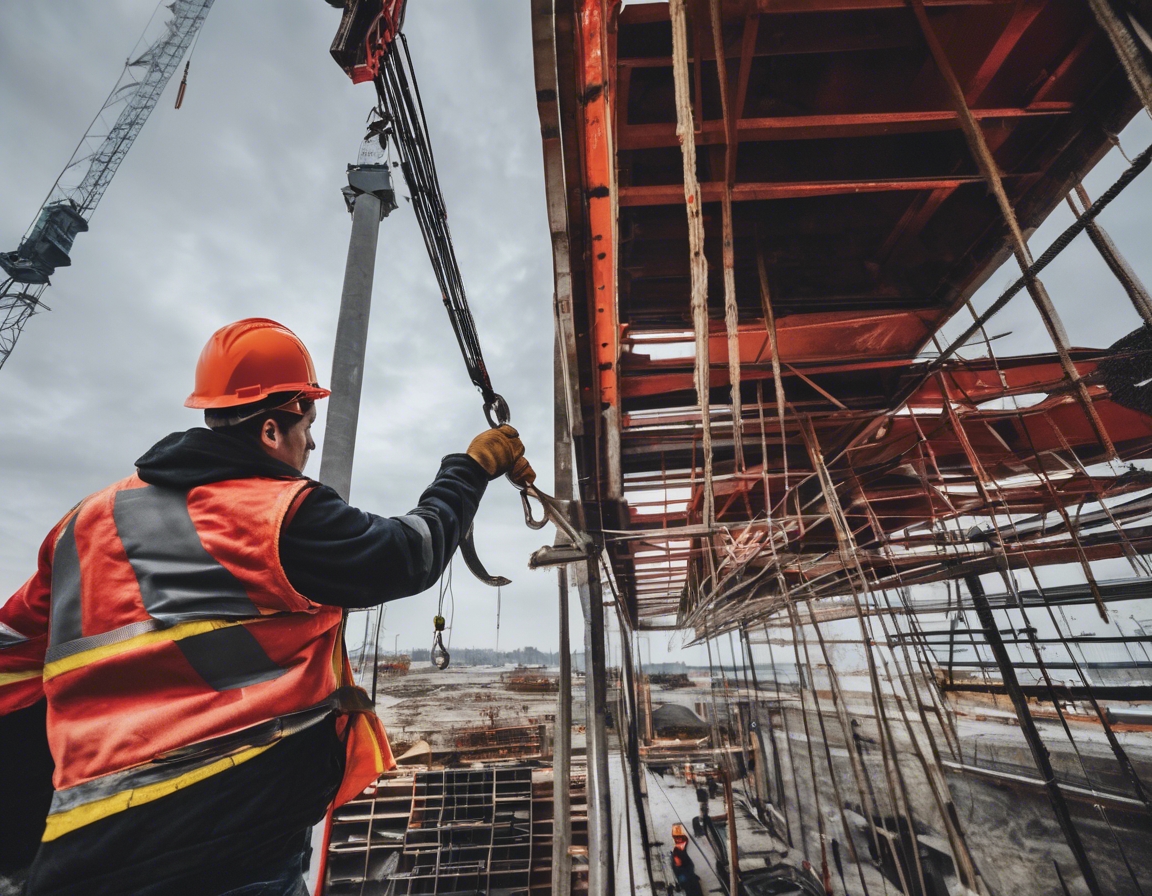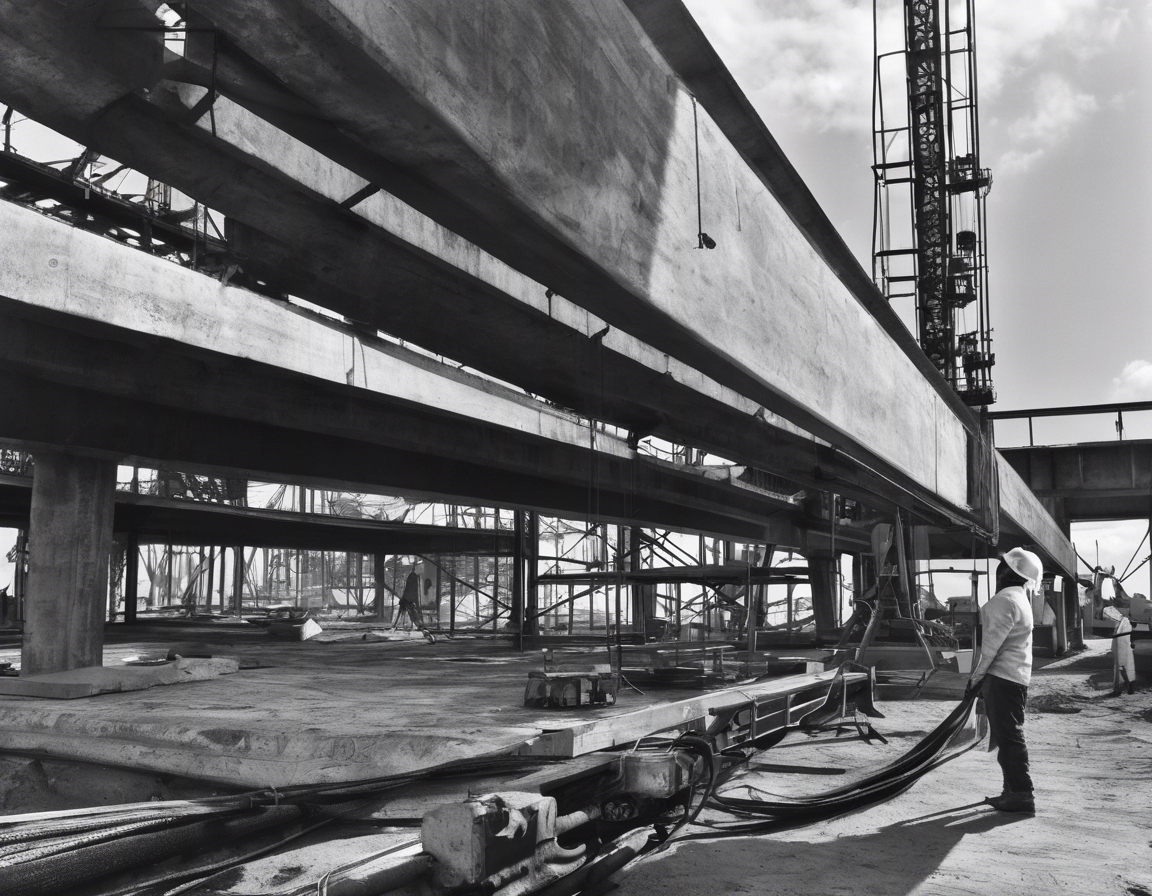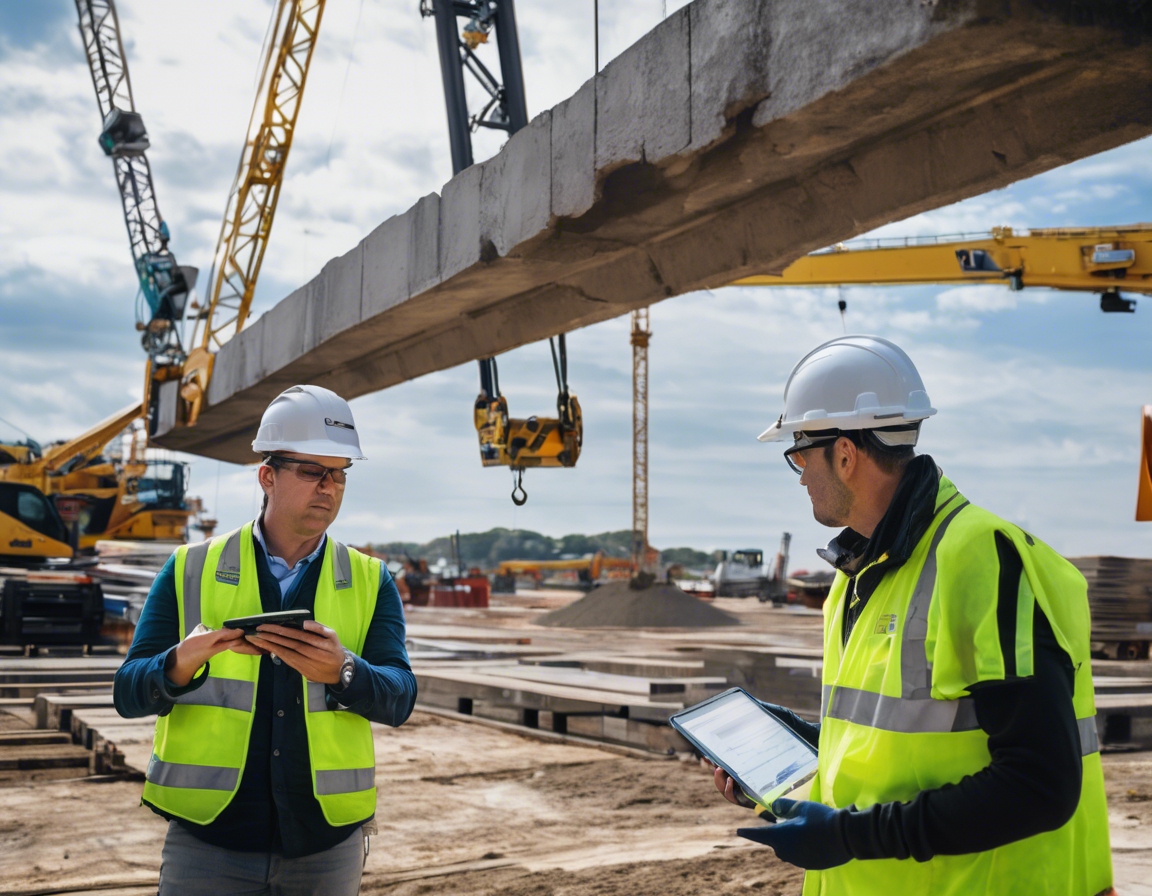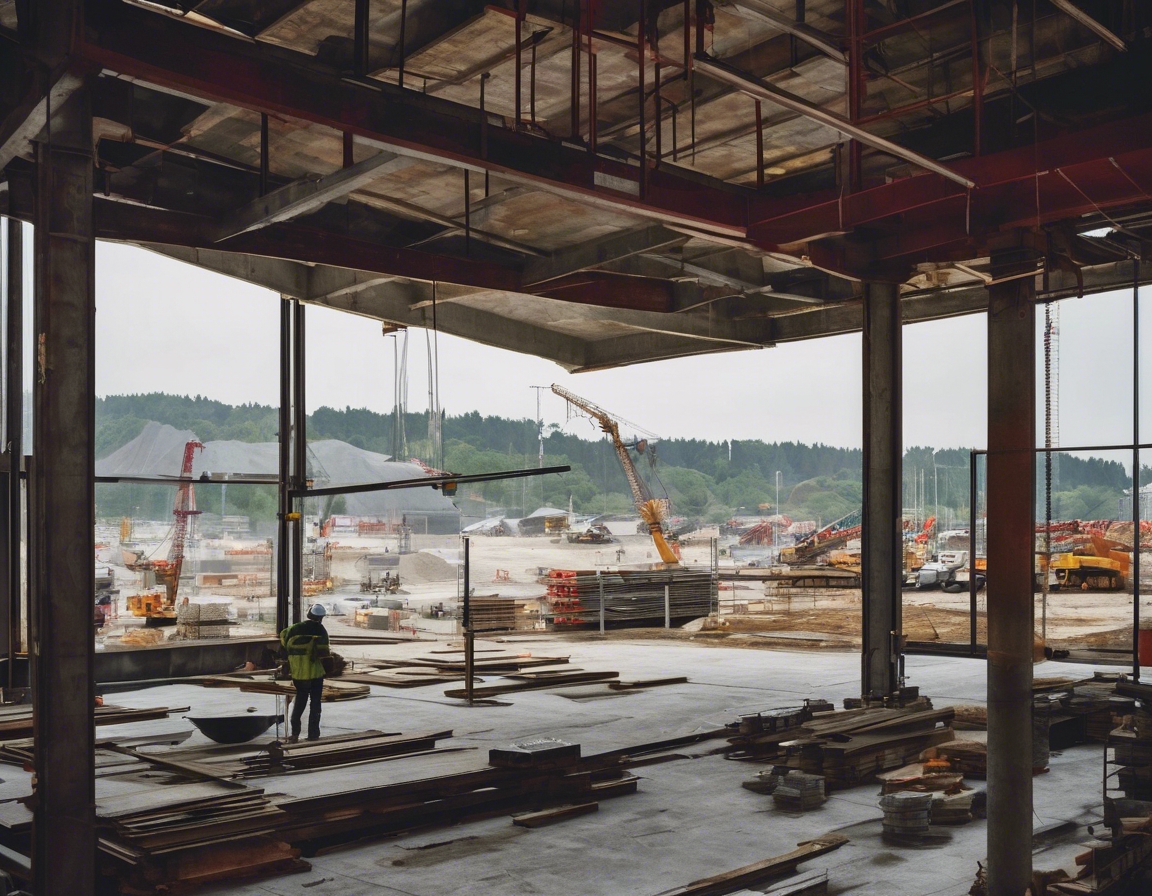How crane technology is revolutionizing construction
Crane technology has become an indispensable part of modern construction, playing a pivotal role in the development of infrastructure projects worldwide. As construction demands grow in complexity and scale, the need for advanced crane technology becomes increasingly critical. This article explores how crane technology is revolutionizing the construction industry, offering insights into its evolution, types, and the technological advancements that are shaping the future of construction.
Evolution of Crane Technology
The history of cranes dates back to ancient civilizations, where rudimentary lifting devices were used to construct monumental structures. Over the centuries, crane technology has evolved significantly, transitioning from simple mechanical systems to sophisticated machines powered by steam, electricity, and hydraulics.
Today, cranes are equipped with cutting-edge technology that enhances their functionality and efficiency. Innovations such as computer-aided design (CAD), advanced materials, and digital controls have transformed cranes into highly specialized equipment capable of handling complex construction tasks with precision.
Types of Cranes and Their Applications
Tower cranes are a staple in urban construction, particularly for high-rise buildings. These cranes offer exceptional height and lifting capacity, making them ideal for projects that require the transportation of heavy materials to great heights.
Mobile cranes provide versatility and mobility, allowing them to be used in various construction environments. Their ability to move freely across a site makes them suitable for projects that require flexibility and quick setup times.
Overhead cranes are commonly used in industrial settings, such as factories and warehouses. They are designed to lift and transport heavy loads along a fixed path, offering efficiency and safety in controlled environments.
Technological Advancements in Crane Operations
Automation and remote control technologies have revolutionized crane operations, allowing for precise control and monitoring from a distance. These advancements reduce the need for manual intervention, enhancing safety and efficiency on construction sites.
Modern cranes are equipped with advanced safety features, including load sensors, anti-collision systems, and real-time monitoring. These technologies help prevent accidents and ensure the safety of workers and equipment.
Technological improvements have significantly increased the efficiency and precision of crane operations. Innovations such as GPS tracking, automated load handling, and real-time data analytics enable construction teams to optimize crane usage and improve project outcomes.
Impact of Crane Technology on Construction Projects
Advanced crane technology contributes to significant time and cost savings in construction projects. By streamlining operations and reducing downtime, cranes help ensure that projects are completed on schedule and within budget.
The scalability of modern crane technology allows construction companies to undertake larger and more complex projects. With the ability to lift heavier loads and reach greater heights, cranes enable the construction of ambitious infrastructure projects that were previously unattainable.
As sustainability becomes a priority in construction, crane technology is adapting to meet environmental standards. Innovations such as energy-efficient engines and eco-friendly materials are reducing the carbon footprint of crane operations, contributing to greener construction practices.






Comments (0)